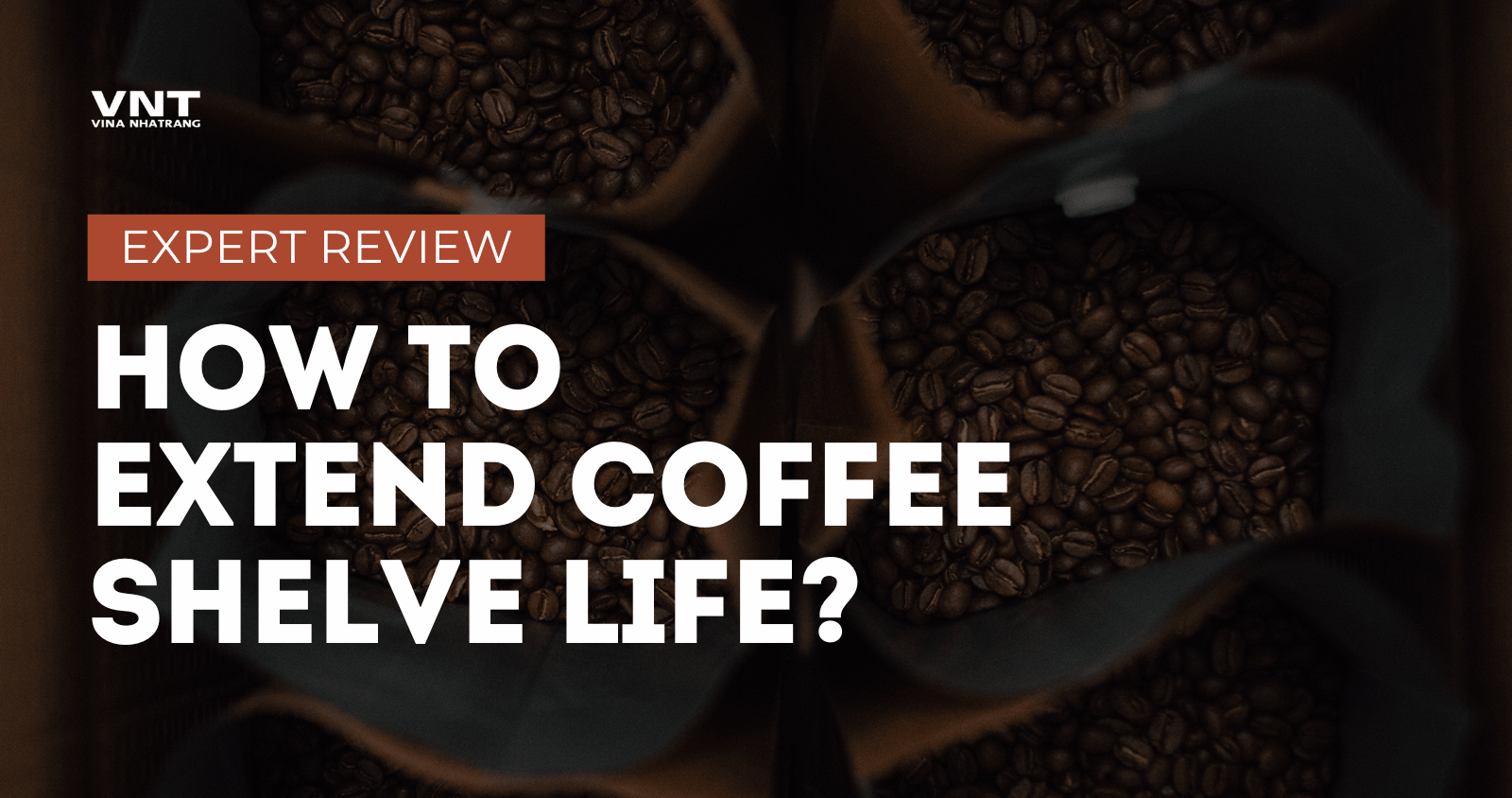Coffee is more than just a drink—it’s a daily ritual, an energizing elixir, and for many, a source of pure joy. However, if not stored properly, coffee can lose its aroma, flavor, and quality faster than expected. Whether you’re a coffee connoisseur, a café owner, or simply someone who enjoys a fresh cup every morning, knowing how to extend coffee’s shelf life is crucial.
In this guide, we’ll dive into 10 actionable strategies to keep your coffee beans and grounds fresh for longer. With expert tips, real-life examples, and answers to common questions, you’ll discover how to preserve that perfect coffee experience for weeks—or even months—after purchase.
Why Does Coffee Lose Freshness?
Coffee’s decline begins the moment it’s roasted. Exposure to oxygen, moisture, light, and heat accelerates the degradation of its oils and compounds, leading to a stale taste. Understanding this helps you take the necessary steps to minimize these effects.
Coffee is a perishable product, and its freshness is closely tied to its flavor and aroma. While it doesn’t spoil like dairy or produce, it can quickly lose its vibrancy due to several environmental factors and chemical reactions. Understanding these processes can help you take steps to preserve your coffee’s quality for as long as possible.
1. Oxidation: Coffee’s Greatest Enemy
- What Is Oxidation?
Oxidation occurs when oxygen in the air interacts with the compounds in coffee. This process starts immediately after roasting and is accelerated once the coffee is ground. Key flavor and aroma compounds, like oils and acids, break down when exposed to air, resulting in a stale taste. - Why It Matters:
Oxidation dulls the complexity of coffee’s flavor profile, leaving it flat or bitter. This is why freshly roasted and ground coffee tastes so much better than old coffee.
Tip to Reduce Oxidation: Always store coffee in an airtight container and grind beans just before brewing.
2. Exposure to Light: Photodegradation
- The Role of Light:
Light, especially UV light, breaks down coffee’s delicate oils and compounds. Over time, prolonged exposure to sunlight or even artificial light can lead to rancidity and flavor loss. - Why It Matters:
Light speeds up the chemical reactions that degrade coffee’s flavor and aroma. If your coffee is stored in a transparent container or exposed to sunlight, it will go stale much faster.
Tip to Prevent Photodegradation: Store coffee in opaque containers or dark places, such as a pantry.
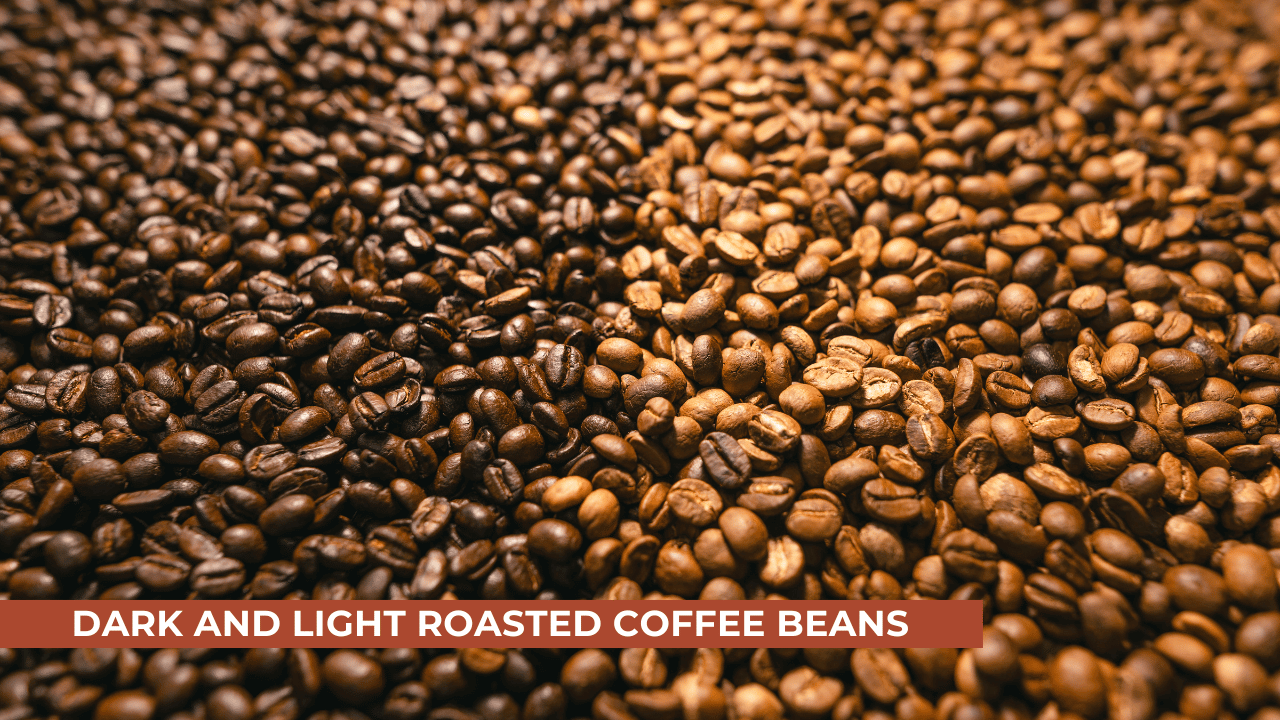
3. Moisture: Coffee’s Hygroscopic Nature
- What Does Hygroscopic Mean?
Coffee beans and grounds readily absorb moisture from their environment. When coffee comes into contact with water (even in the form of humidity), it begins to break down chemically and loses its original flavor. - Risks of Moisture Exposure:
- Moisture causes clumping, which is a sign of degradation.
- It can lead to mold growth if the coffee is exposed to excessive humidity.
- Water-soluble compounds in coffee, which contribute to its flavor, can dissolve prematurely, reducing the quality of your brew.
Tip to Avoid Moisture Damage: Always keep coffee in a dry environment and avoid storing it near sinks, dishwashers, or refrigerators where humidity is high.
4. Heat: Accelerating Chemical Reactions
- Heat as a Catalyst:
High temperatures speed up the breakdown of coffee’s volatile compounds. This is especially problematic if coffee is stored near ovens, stovetops, or other heat sources. - The Science Behind It:
Heat intensifies the evaporation of aromatic oils, which are crucial for coffee’s flavor. Once these oils evaporate, the coffee loses its complexity and balance.
Tip to Protect Coffee from Heat: Store coffee at room temperature in a cool, stable environment.
5. Carbon Dioxide Degassing: A Double-Edged Sword
- What Is Degassing?
After roasting, coffee beans release carbon dioxide (CO₂), a natural byproduct of the roasting process. This is why freshly roasted coffee requires a short “resting” period before brewing to allow CO₂ to escape. - How It Affects Freshness:
While degassing is normal, rapid CO₂ loss signals the escape of other volatile compounds, including aromatic oils. Over time, this results in stale coffee.
Tip to Manage Degassing: Buy coffee in vacuum-sealed bags with one-way valves that allow CO₂ to escape without letting oxygen in.
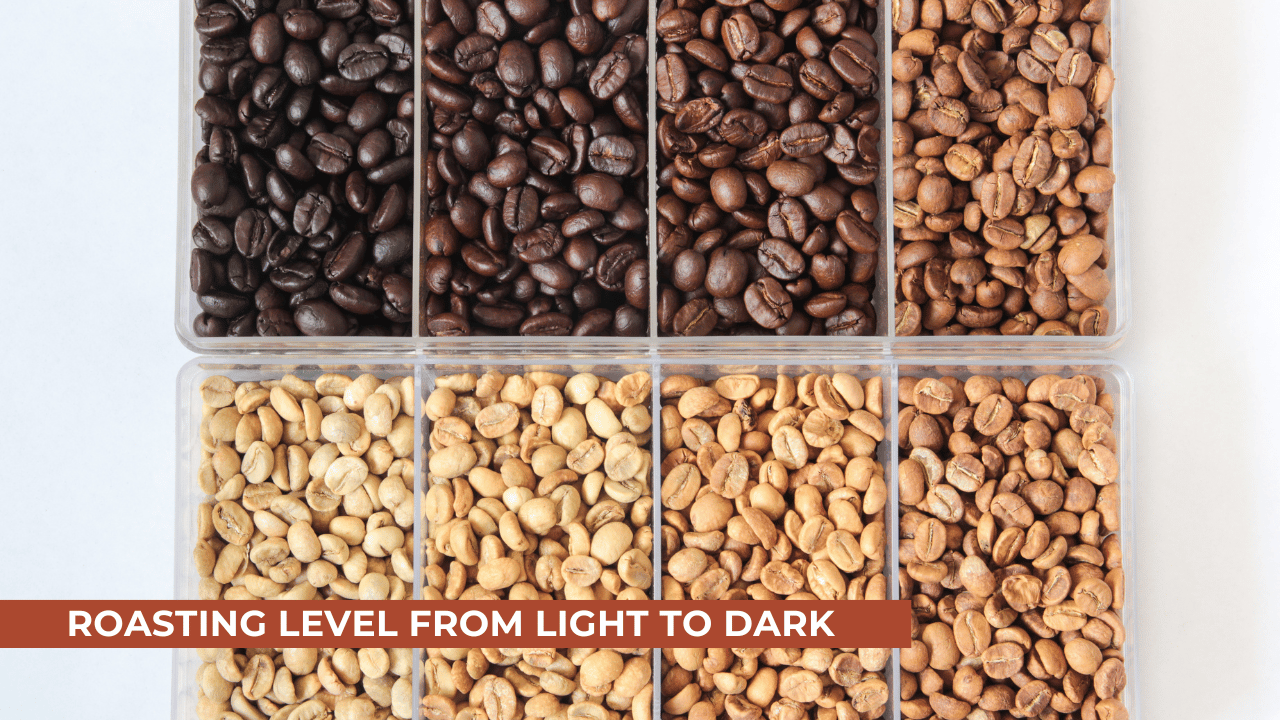
6. Contamination: Coffee as a Flavor Sponge
- Absorption of Odors:
Coffee is highly absorbent and can take on the smells of its environment. Storing it near pungent items like spices, cleaning products, or garlic can alter its flavor. - Cross-Contamination Risks:
If coffee is stored in a shared container or fridge, it may absorb flavors from other foods, making your brew taste off.
Tip to Avoid Contamination: Use dedicated, airtight storage containers away from strong odors.
7. Grinding: The Flavor Breaker
- Why Grinding Matters:
Grinding coffee dramatically increases its surface area, exposing more of it to air, light, and moisture. This speeds up all the processes that degrade its quality, making pre-ground coffee much more perishable than whole beans. - How Quickly Does Ground Coffee Go Stale?
Ground coffee begins losing its peak freshness within minutes of grinding, and within a week, it may taste noticeably stale.
Tip for Grinding: Grind only the amount you need immediately before brewing.
How Quickly Does Coffee Lose Freshness?
- Whole Beans:
- Start losing freshness within 2 weeks of roasting.
- Can stay reasonably fresh for up to 4 weeks if stored properly.
- Ground Coffee:
- Loses its peak freshness within minutes of grinding.
- Noticeable staleness sets in after 1-2 weeks.
- Brewed Coffee:
- Begins to taste stale within hours of brewing, especially if left exposed to air.
How to Extend Coffee Shelve Life: Tips for Fresher Brews
1. Start with Fresh Coffee
The freshness of coffee begins with what you buy. Coffee beans are at their peak flavor shortly after roasting. To ensure you’re getting the best quality, always check for a roast date rather than just an expiration date. Coffee sold with a recent roast date indicates it’s fresher and likely to last longer.
- Packaging Matters: Vacuum-sealed packaging with a one-way degassing valve is ideal for maintaining freshness. These valves allow carbon dioxide (a natural byproduct of roasting) to escape while preventing oxygen from entering the bag, which helps preserve flavor and aroma. Avoid coffee sold in non-sealed or clear bags, as these do little to protect the beans.
- Support Local Roasters: Buying from local roasters often ensures you’re getting fresher beans. Many small-batch roasters roast on demand or have a quicker turnover compared to mass-produced brands found in supermarkets.
Bonus Tip: If you’re buying pre-ground coffee, aim to use it within two weeks of opening, as it deteriorates faster than whole beans.
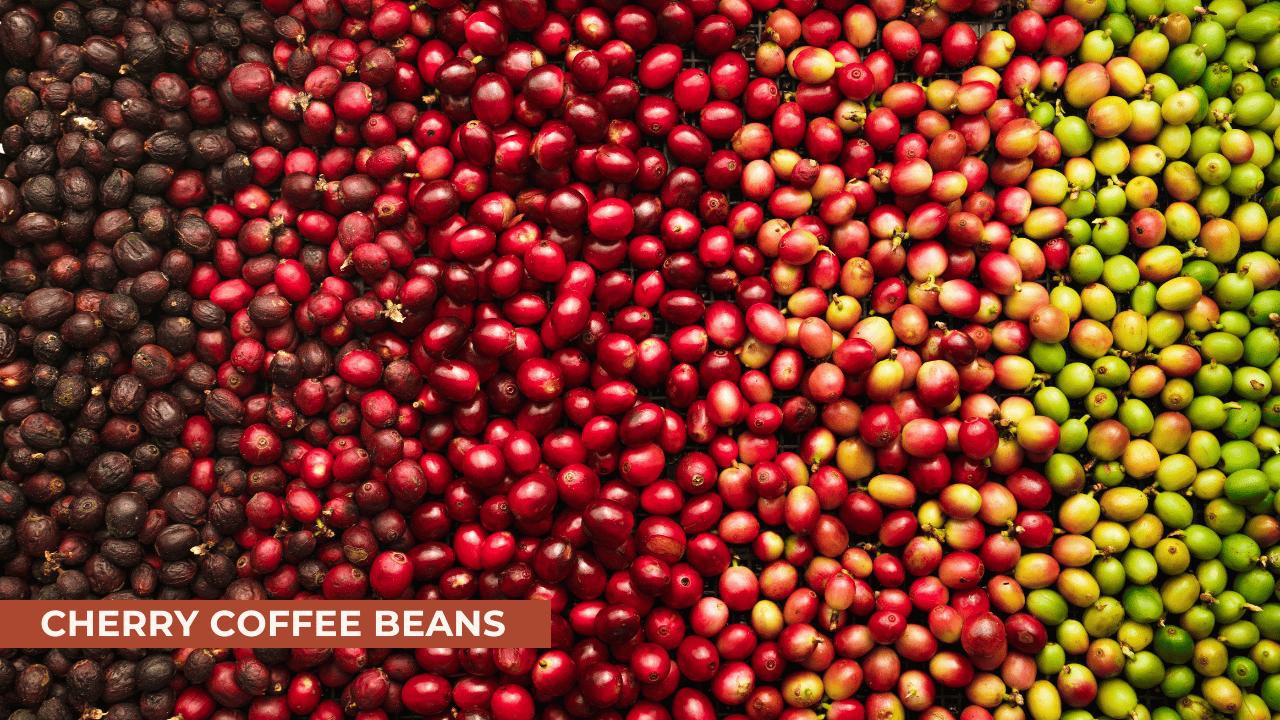
2. Opt for Whole Beans Over Ground Coffee
Whole beans last significantly longer than ground coffee because grinding exposes more surface area to air, accelerating oxidation. If you don’t already own a coffee grinder, it’s a worthwhile investment.
- Grinding Fresh: Grinding just before brewing allows you to capture the rich oils and aroma locked within the beans. Burr grinders are preferred over blade grinders because they produce a consistent grind size, which also improves the flavor of your brew.
- Why It Matters: Ground coffee starts losing its volatile aromatic compounds immediately after grinding. Within minutes, you could lose some of the best flavors that make coffee such a delightful experience.
Tip for Convenience: If you need pre-ground coffee, buy in small amounts and store it properly (more on that below).
3. Store Coffee Properly
Storing coffee correctly is one of the most critical steps in extending its shelf life. Improper storage exposes coffee to the elements that degrade its quality. Let’s break it down:
Airtight Containers
- Coffee is highly sensitive to air. Using an airtight container prevents oxygen from coming into contact with the coffee, preserving its flavor and aroma.
- Choose containers made of opaque materials like stainless steel or ceramic to block out light. Transparent containers, while aesthetically pleasing, allow light to degrade the coffee.
Keep Away from Light
- Direct sunlight or even indoor lighting can cause coffee to lose its freshness more quickly. Storing coffee in a dark pantry or cupboard is ideal.
Avoid Moisture
- Coffee beans are hygroscopic, meaning they absorb moisture from the air. Humidity can cause coffee to clump together, lose flavor, or even develop mold. Always store coffee in a dry area, away from kitchens or bathrooms where humidity tends to be higher.
Maintain Cool Temperatures
- Coffee does best in cool, consistent temperatures. Extreme heat accelerates the breakdown of oils in coffee, making it taste stale. Avoid storing coffee near heat-producing appliances like stoves, ovens, or radiators.
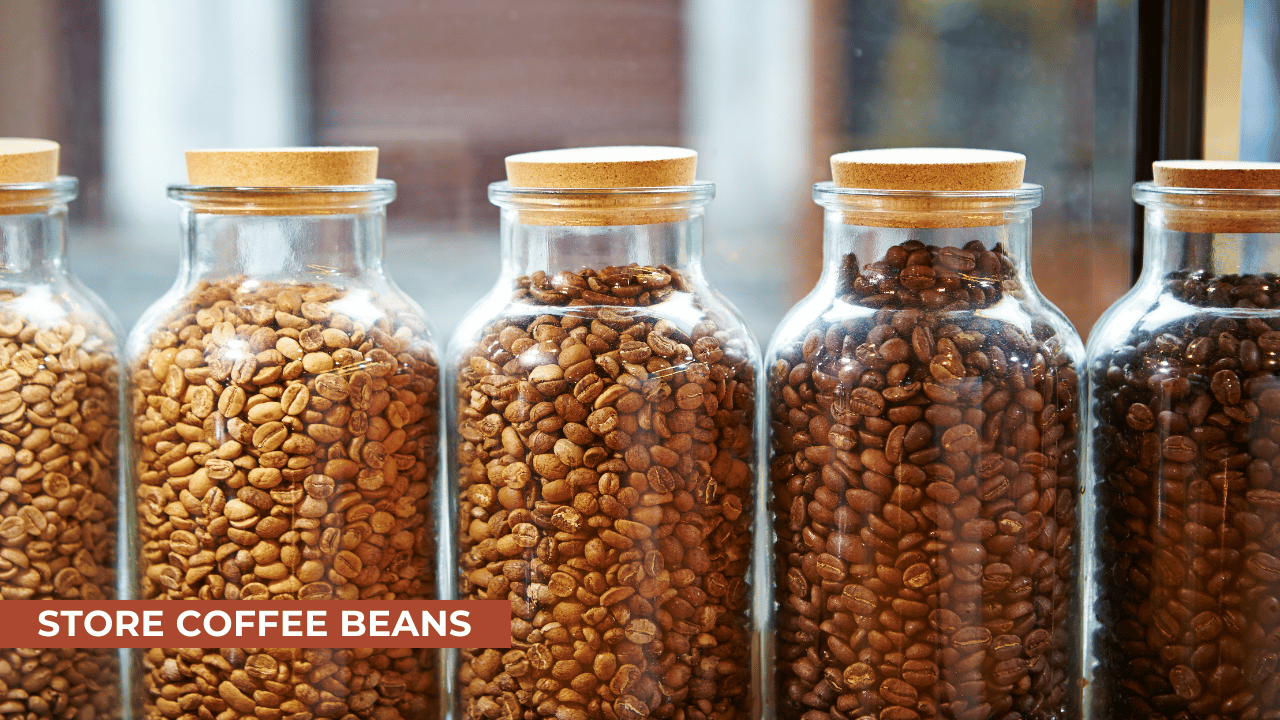
4. Freeze for Long-Term Storage
Freezing coffee is a practical solution for those who buy in bulk or don’t go through coffee quickly. However, improper freezing can lead to freezer burn or flavor loss. To freeze coffee effectively, follow these detailed steps:
Divide into Portions
- Before freezing, divide your coffee into smaller, single-use portions. This prevents repeatedly exposing the coffee to air and moisture whenever you take out a batch.
- Use airtight, freezer-safe bags or containers for the best results.
Vacuum-Seal for Maximum Freshness
- If possible, vacuum-seal your coffee before freezing. Removing air from the packaging minimizes oxidation, preserving the coffee’s flavor for months.
Avoid Re-Freezing
- Re-freezing coffee after thawing can damage its flavor and texture. Only take out the amount you need for a week or two at a time to avoid this issue.
Thaw Properly
- Allow frozen coffee to return to room temperature while still in its sealed container. This prevents condensation, which can introduce moisture into the coffee and degrade its quality.
How Long Can You Freeze Coffee?
- When stored correctly, coffee can remain fresh in the freezer for up to six months. Beyond that, while it may still be drinkable, the flavor will begin to diminish.
5. Avoid the Fridge
Although freezing can be beneficial, storing coffee in the refrigerator is generally a bad idea. Here’s why:
Fluctuating Temperatures
- Opening and closing the fridge door causes temperature fluctuations, which can lead to condensation forming inside the coffee container. Moisture is one of coffee’s worst enemies, as it can lead to clumping or even mold.
Odor Absorption
- Coffee is highly absorbent and will take on the flavors and odors of other foods in your refrigerator. The last thing you want is coffee that tastes like onions or leftover pizza.
No Significant Shelf-Life Extension
- Unlike freezing, refrigeration doesn’t significantly slow down the oxidation process. If anything, it can degrade the coffee’s quality faster due to the moisture and odors in the fridge.
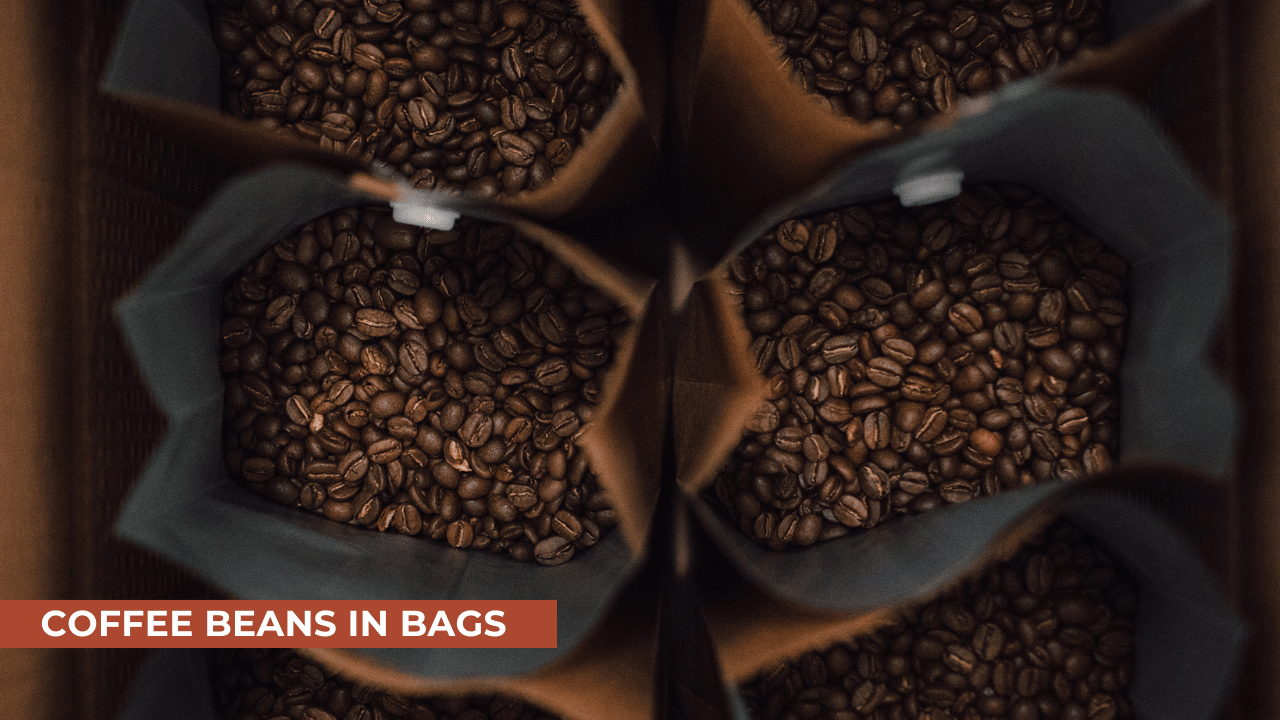
6. Keep Track of Expiration Dates
While coffee doesn’t spoil like perishable food, it does go stale over time. Keeping track of its shelf life ensures you enjoy the freshest cup possible.
Understand the Dates
- Roast Date: Indicates when the coffee was roasted. Coffee is at its peak freshness for 2-4 weeks after roasting.
- Best By Date: A guideline for when the coffee is expected to taste its best. While it’s safe to consume after this date, the flavor may be significantly diminished.
Use First-In-First-Out (FIFO) Method
- If you have multiple bags of coffee, use the older stock first to avoid letting it go stale.
How Long Does Coffee Last?
- Whole Beans: Typically stay fresh for 3-4 weeks if stored properly.
- Ground Coffee: Lasts 1-2 weeks after opening.
- Instant Coffee: Can last for months if kept in a sealed container.
7. Buy in Smaller Quantities
One of the simplest ways to ensure fresh coffee is to buy only what you’ll use within a short period. Here’s why smaller quantities are better:
Avoiding Waste
- Coffee loses its flavor the longer it sits. By buying smaller amounts, you reduce the chance of coffee going stale before you finish it.
Tailored to Your Preferences
- Purchasing smaller quantities allows you to experiment with different roasts, blends, and origins without committing to a large amount of one type.
Frequent Restocking
- When you buy less at a time, you can restock more often, ensuring you always have fresh coffee on hand.
Signs Your Coffee Has Gone Stale
Recognizing stale coffee is essential to avoid a disappointing brew. Here are the telltale signs:
Dull Aroma
- Fresh coffee has a vibrant, rich aroma. If the smell is faint or non-existent, it’s likely past its prime.
Flat or Bitter Taste
- Stale coffee loses its nuanced flavors and may taste flat, sour, or overly bitter. This is a clear indication that it’s no longer fresh.
Appearance Changes
- Clumping or visible moisture inside the container is a sign of poor storage or exposure to humidity.
FAQs About Coffee Shelf Life
Q: How long does coffee last after opening?
- Whole beans last 2-3 weeks, while ground coffee lasts 1-2 weeks when stored properly.
Q: Can expired coffee make you sick?
- Expired coffee is safe to consume but may taste stale or bitter. Always check for signs of mold or unusual odors.
Q: What’s the best way to store coffee in humid climates?
- Use airtight, moisture-proof containers and store them in a cool, dry place away from humidity.
Q: Does decaf coffee have a shorter shelf life?
- Decaf coffee has a similar shelf life to regular coffee, but it’s still best to follow the same storage practices.
Conclusion
Preserving coffee’s freshness is both an art and a science. By following these 10 proven strategies, you can extend your coffee’s shelf life, enjoy its full aroma and flavor, and save money by reducing waste. Remember, proper storage begins with understanding coffee’s natural properties and protecting it from environmental factors.
Whether you’re sipping a single-origin brew or your favorite instant mix, these tips will ensure every cup tastes like it was made just moments after roasting.
Ready to elevate your coffee game? Start implementing these strategies today and taste the difference in every sip. Share this guide with your fellow coffee lovers and help them keep their brews fresh and flavorful!
